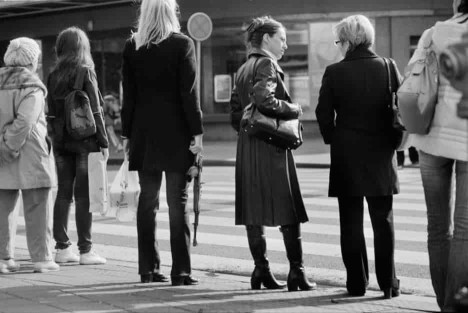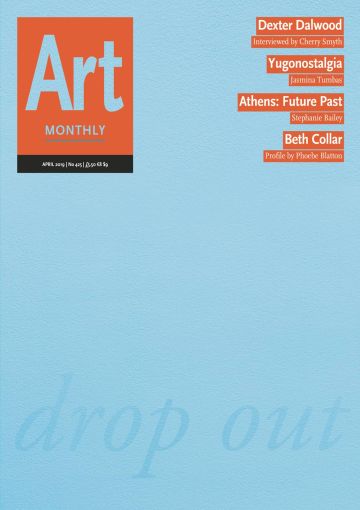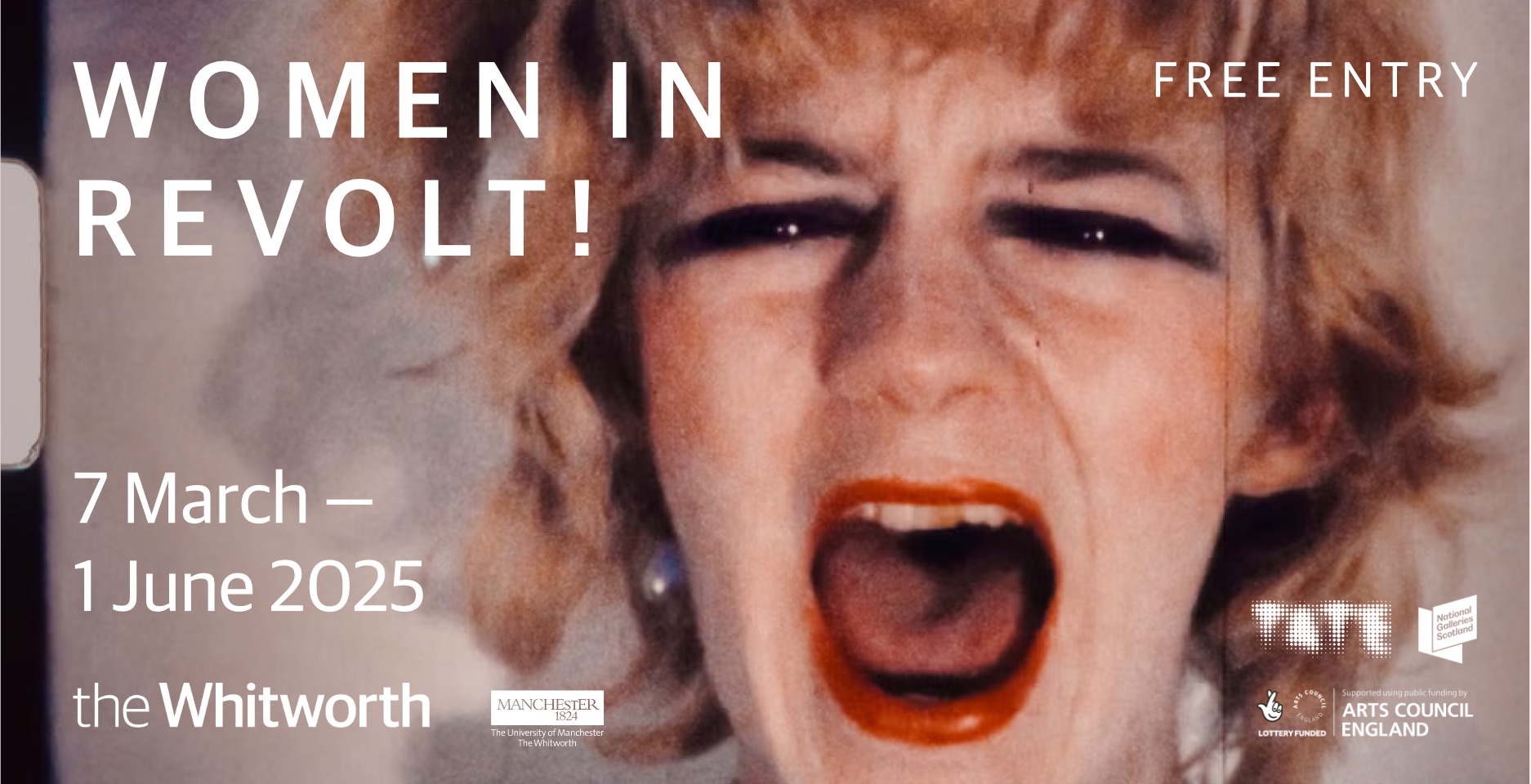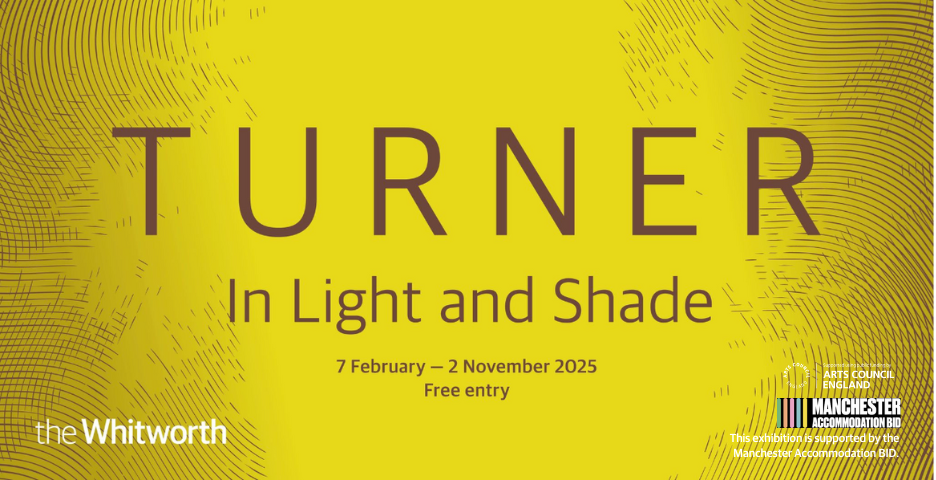Feature
Yugonostalgia
Jasmina Tumbas on the pull of nostalgia as both a poison and a cure

Melica Tomic, One day, instead of one night, a burst of machine- gun fire will flash, if light cannot come otherwise, 2009
In the wake of renewed interest in the former Yugoslavia and its art and architecture, it is time to revisit histories of the country’s resistance and socialist values.
When she released her 1989 song ‘Jugoslovenka’, the native term for a female Yugoslavian, the legendary singer Lepa Brena delivered an epic celebration of Yugoslavia’s socialist multiculturalism in a music video that could put Socialist Realist paintings from decades before to shame: a gorgeous smiling blonde in a flowing white dress, running on green fields of grass and golden hay, flowers in her hands, like a young bride of the land, followed by a marching group of Yugoslav athletic flag bearers, all dressed identically in white, swinging their flags around to her spellbinding repetitive chorus: ‘I am Jugoslovenka’. Her eyes are the ‘Adriatic Sea’, she sings; she likens her hair to Pannonian wheat and sings that her soul is ‘Slav’.
A legend by the mid 1980s, Brena was a proponent of multiculturalism and pro-western horizons, and an avid champion of what were considered more ‘primitive’ forces in Yugoslav culture, such as folklore and Middle Eastern influences. A self-made woman who was no stranger to being underestimated – she was often called ‘Tito’s Barbie’ – her charm, wit and ambition successfully evaded erasure or instrumentalisation by men. Instead, Brena managed her own career and changed the face of Yugoslav music in so far as her music became the most well-known marker of a more liberated socialism embodied in Yugoslavia. She was not the first and not the last Jugoslovenka: an emancipated woman who questioned and changed the status quo in Yugoslavia and beyond.
Emphasising her multi-ethnic, multinational and multicultural background in ‘Jugoslovenka’, Brena’s physique and innermost being are tied to a land that less than two years later would dissolve during what is commonly known as the Balkan Wars of the 1990s. The intensity of the Yugoslav love affair is further magnified by the bird’s-eye perspective of the video camera, filming from a helicopter, in which Brena is seated singing into the open sky, basking in the wind and sunshine. Shortly after, the helicopter would become a visual pinnacle of her superstar status with her arrival at Vasil Levski National Stadium in Sofia, Bulgaria, in front of 100,000 devotedly cheering fans. But with the end of communism in Europe came also the beginning of the wars in Yugoslavia, and what was a smash hit in 1989 would more than a decade later become a song that divided listeners between those who still believed in Yugoslavia and those who favoured the national independence of the former republics of Yugoslavia.
Listening to this song today incites euphoria and nostalgia in many of us Yugoslavs living in the diaspora, remembering what once was and dreaming of what could have been, had it not been for nationalist and ethnic divisions. My father, who became a deserter in the early 1990s because he did not want to participate in the carnage of Slobodan Milošević’s regime, told me once how he randomly heard ‘Jugoslovenka’ on the radio in the early 2000s while driving to work in Germany. His instant reaction was so overwhelming that he had to pull over the car because he was weeping, emotionally stunned. Brena not only represented Yugoslavia’s socialist past with its ideologies of unity and peace, but her song also fully embodied these ideals by purposefully featuring three well-known multi-ethnic singers from the 1980s – Croatian pop star Vlado Kalember, Montenegrin pop star Daniel Popović and Bosnian Muslim rock star Alen Islamović – along with Brena herself, who was born in Bosnia and Herzegovina but lived in Belgrade, Serbia. In the narrative of the song, each of the three men asks Brena different questions, such as ‘Where are you from, you beautiful girl? Where are you from, you unknown woman? Where do you dance so freely? What place did you steal the sunshine from? Where did you get these beautiful spring flowers? Where do you drink honey wine, love so sweetly?’ Her answer is the chorus, ending with a euphoric ‘I am Jugoslovenka’ every time. She becomes the symbol of the land, a sign pointing to something much greater than herself, a land to which she owes all her outer and inner beauty. It is no surprise that my father cried, as many of us did. Throughout the 1990s, being from this country was a mark of shame and heartbreak, and the seemingly innocent question ‘where are you from?’ was often an indirect xenophobic and angry ‘when are you going back to where you came from?’ But where we came from was no more. And soon, the unwanted Yugoslav immigrants in the West were no longer considered Yugoslav, but had to name themselves after new countries associated with bloodshed, rape and war.
Multiculturalism, freedom and peace have become synonymous with Yugonostalgic narratives, sentiments that are also predominantly featured in the recent exhibition ‘Toward a Concrete Utopia: Architecture in Yugoslavia 1948-1980’ at MoMA, New York. With the Bauhaus centenary this year, ‘Toward a Concrete Utopia’ forced and shifted the discussion of modernist architecture by highlighting its unique East European context: a hybrid of western Modernism and Ottoman architecture, indisputably invested in architecture as a political protagonist of the socialist project. As MoMA described it: ‘Architecture in our contemporary period is more and more seen as a luxury commodity in the service of few. It doesn’t really play any significant role in our common vision of what our society should be. The architecture of Yugoslavia is an example of what it could be. How architecture really can contribute to a better life for everyone.’
The exemplary research and thoughtful curation throughout the exhibition was overwhelming, even to the greatest of sceptics, leading the visitors through a tour de force of the architectural history of Marshal Tito’s Yugoslavia. While the buildings and monuments of the exhibition were missing in the vast and gorgeous landscape of ‘Jugoslovenka’, they offered up another magnificent dreamscape and history of Yugoslavia at MoMA, an alternative to the common narratives of communist totalitarianism deprived of creativity and vision under a suffocating dictator. The story here is a different one: architecture in Yugoslavia was intellectually rigorous, socially conscious, politically innovative, racially and ethnically diverse, and creatively Avant Garde. Zlatko Prica’s Šerefudin White Mosque and Miodrag Živkovic’s Monument to the Battle of the Sutjeska in Bosnia are shown along with Bogdan Bogdanović’s Jasenovac Memorial Site in Croatia, Vjenceslav Richter’s Yugoslav Pavilion at Expo 58 in Brussels, Andrija Mutnjaković’s National and University Library of Kosovo in Priština and Ljubljana’s Revolution Square designed by Edvard Ravnikar in Slovenia.
In the so-called West, these sites are often mislabelled, forgotten, described in online reviews as ruins from some ‘alien civilisation’ resembling ‘Star Wars Spaceships’ and ‘Surreal War Memorials’. Sometimes, they are even used obliviously as advertisements for fancy design products, such as the recent embarrassing case of Australia’s Valley Eyewear’s use of the Jasenovac Memorial Site – a concentration camp during Second World War – to sell expensive glasses.
Most of us from the region are accustomed to this peripheral status of all things Yugoslavian, Balkan or East European and, this being the case, MoMA’s recent accelerated interest in East European art and architecture has been exciting and refreshing. Following on the heels of Marina Abramović’s 2010 and Sanja Iveković’s 2011 retrospectives, as well as the inclusion of Yugoslav artists in ‘Transmissions: Art in Eastern Europe and Latin America, 1960-1980’ in 2015, ‘Toward a Concrete Utopia’ filled MoMA’s prestigious halls with thousands of objects, photographs, videos, diagrams and extensive wall labels about Yugoslavia. Walking through the exhibition, hearing so many people speaking naš jezik (‘our language’, a variety of all Yugoslav dialects), I was astounded at the wealth of material and momentarily thought to myself: how could we not be finally proud Jugoslovenkas?
Such fraught euphoria is inevitably haunted by disillusionment. As Svetlana Boym notes in Nostalgia from 2011, ‘nostalgia can be a poetic creation, an individual mechanism of survival, a countercultural practice, a poison, and a cure’.
She distinguishes between restorative and reflective nostalgia, the former being oriented towards truth and historic preservation, while the latter means a more creative engagement that favours imagined possibilities. At worst, restorative nostalgia is easily instrumentalised for nationalism, genocide and war. At best, reflective nostalgia can inspire us to form better futures. She continues: ‘It is up to us to take responsibility for our nostalgia and not let others “prefabricate” it for us. The prepackaged “usable past” may be of no use to us if we want to co-create our future. Perhaps dreams of imagined homelands cannot and should not come to life […] While restorative nostalgia returns and rebuilds one’s homeland with paranoid determination, reflective nostalgia fears return with the same passion. Home, after all, is not a gated community. Paradise on earth might turn out to be another Potemkin village with no exit. The imperative of a contemporary nostalgic: to be homesick and to be sick of being at home – occasionally at the same time.’
There is no easy solution here. After I left the MoMA exhibition, I spoke to my US companions who were mesmerised by this exotic Yugoslavia and its extraordinary monuments. What surprised me was that they were confounded as to why the exhibition stopped at 1991. While the curators hinted at the wars in some places, the wars were muted in the hall and instead the focus was on the architectural magnificence of Yugoslavia and self-management socialism, not what followed in the 1990s. Celebrating collectivism, multiculturalism and the multi-ethnic state with the spectre of fascism and genocide surrounding the very buildings that were constructed for a self-managed socialist future made me ‘homesick and sick of being at home’ indeed: proud, ashamed, eager, yet wanting more. And as the only Yugoslav diasporic in the group, I was alone with that feeling, acutely aware how important it is for us to revitalise these ignored parts of socialism today.
At the same time, revisiting this troubled socialist glory, knowing what was destroyed and how little is known about the region is an all-too-familiar feeling. Why can’t we have more exhibitions like this? Why did it take this long? How long will this romance with Yugoslavia last? It reminded me of a devastating moment in George Konrád’s 2007 memoir, A Guest in My Own Country: A Hungarian Life, when, as a Jewish boy who had survived the concentration camps, he returned home and found his house full of excrement. Konrád noted: ‘Standing in a pile of shame, that mockery of homesickness, I gazed at my astonished face in the surviving mirror.’ Many of us, be it those still living in ex-Yugoslav republics or those in the diaspora, are tasked with living in or dreaming of a homeland that by now has been ripped into pieces and become a region that has also suffered enormously from subsequently mismanaged European and US military interventions in the 1990s. Consequently, several of its former republics lack fundamental resources and its citizens are forced to become immigrants, looked down upon by northern and western Europe.
Šejla Kamerić’s Bosnian Girl, 2003, poignantly reminds us how much the architecture of Yugoslavia changed in the 1990s, bearing bullet marks and shrapnel scars as well as the scripts imposed by non-Yugoslav and non-socialist soldiers. The black-and-white self-portrait presents Kamerić’s body defaced with graffiti found in army barracks in Potočari, Srebrenica which dated from 1994-95: ‘No Teeth … ? A Mustache … ? Smell Like Shit … ? Bosnian Girl!’ It is speculated that a Dutch soldier of the Royal Netherlands Army Troops drew this while stationed with the UN’s Peace Keeping Forces UNPROFOR in Bosnia and Herzegovina to protect civilians from 1992 to 1995, violating the landscape and architecture, along with the dignity of those he was called to protect. Most importantly, he exhibited what Jugoslovenka had become in the European male imaginary just five years after Brena’s hymn: not a blonde beauty, but a besmirched, toothless woman, whose racial otherness is augmented by her excessive hair growth, ridiculed in her femininity by stressing her mustache and, above all, smelling like shit. In Bosnian Girl, Kamerić offered up her own body as a stand-in for the dishonoured and inglorious architectural body of former Yugoslavia: in black and white, a confident woman who survived the siege of Sarajevo and whose marked body is a surviving and living monument to Yugoslavia. And even though her image was paired with graffiti almost ten years after it occurred, it speaks to how prejudice and orientalist attitudes towards the East prevail. Beyond the geopolitical landscape of Europe, these prejudices are echoed in the sphere of culture as evidenced in the 2003 exhibitions ‘Gorges of the Balkans’ at the Kunsthalle Fridericianum, Kassel, or Harald Szeemann’s ‘Blood and Honey: The future’s in the Balkans’ at the Essl Museum, Vienna, which carry the phantom smell of shame – ‘phantom’, because it is imagined, not real.
Jugoslovenkas often remain uninvited yet tolerated guests. In her 2001 conceptual and performance work I’ll Be Your Angel, Tanja Ostojić pushed her outsider and Yugoslav immigrant status in the arts to the foreground by accompanying renowned curator and director of the Biennale that year, Szeemann, as his unofficial escort at the opening of the 49th Venice Biennale. Visibly discomforted by Ostojić, who never left his side and insistently smiled at him, Szeemann was also tasked with the responsibility of ‘opening’ her exhibition by being the only person who could pronounce ‘the “hidden Malevich” in between Ostojić’s legs’ as art.
Whether or not Szeemann had actually seen her pubic hair, which she had shaved in the shape of the Kazimir Malevich monochrome square, remains unknown. What we do know is that she distributed postcards that bore the image of her shaved pubis, Black Square on White, 2001, and, as she later relayed to me, her writing was subsequently censored in the Biennale catalogue. Ostojić provocatively made visible what so many women already know – and since the #MeToo movement has become poignantly evident – that a career in the arts often lies in the hands of men whose gatekeeping powers are habitually sexually charged. Choosing to act as the obnoxious, overfriendly and uninvited guest who Szeemann could not easily get rid of, Ostojić also brilliantly exhibited the powers of immigrant Jugoslovenka’s survival in Europe: smiling and persisting while enduring the humiliating position of constantly being ‘lesser than’.
Milica Tomić’s 2009 actions in One day, instead of night, a burst of machine-gun fire will flash, if light cannot come otherwise take the battle back to its origins by revisiting the political potential of Yugoslavia in Belgrade’s streets, cityscapes and architectural spaces where Yugoslav resistance to the German Wehrmacht during the Second World War was successful. (Scholars and art historians often ignore the particularity of the Yugoslav case and forget that, in contrast to countries in the Eastern Bloc, Yugoslavia had fought successfully against the Nazis without dependence on the USSR. Many of those who fought as partisans were women. Marshal Tito stood up to Joseph Stalin shortly after the Second World War, in 1948, a move that led to the expulsion of Yugoslavia from Cominform, the Soviet-founded international alliance of communist countries in Europe after the war. In fact, the start date of ‘Toward a Concrete Utopia’ is 1948 for that very reason, and its end date is 1980, when Tito died.) Carrying a large rifle while walking the streets, Tomić passed unhindered through the crowds. A video of the performance is overlaid with the voices of surviving partisans from the Second World War, whom the artist interviewed in 2003. Watching the video of her work, it is impossible not to think of Neša Paripović’s picturesque video action N.P. 1977, 1977, where the artist – male and unarmed – strolls through the streets of Belgrade, aimlessly walking while obsessively ‘overcoming various obstacles, walls, fences, ramparts’ as Dejan Stretenovic described it. Along similar lines is the work by Tomislav Gotovac who, armed only with his naked body, was arrested in 1971 for his Streaking performance in Belgrade’s Sremska Street. When KONTEJNER (the Bureau of Contemporary Art Praxis in Zagreb) organised a re-enactment of Gotovac’s Zagreb, I love You! in 2009, the contemporary performer was arrested again.
A carefully conceptualised and researched work, Tomić’s action and politics are clear: the history of resistance is our ally. We need to know our histories of resistance and revisit them with force. I want to return once more to Boym’s thoughts on nostalgia: ‘The fantasies of the past determined by the needs of the present have a direct impact on the realities of the future.’ With the ascension of nationalism in the former republics in the 1990s came an eradication of the unified Yugoslavia’s socialist values. Tomić’s work intervened in this condoning of the erasure of what had connected the Yugoslav republics during the Second World War – anti-fascist struggle – and countered the yearning for peace and dangerous political apathy under postwar poverty concomitant with neoliberal capitalism. The architecture of contemporary Serbia, then, is shown to be haunted by its Yugoslav past, still alive in the bodies of its former partisan citizens, the new generation led by an armed and fierce – also blonde – Yugoslovenka who still believes in resistance. In my Yugonostalgia, the uninvited guest and unrequited lover is feminist, socialist and courageous.
Jasmina Tumbas is assistant professor of contemporary art history and performance studies at University of Buffalo, New York.
First published in Art Monthly 425: April 2019.











